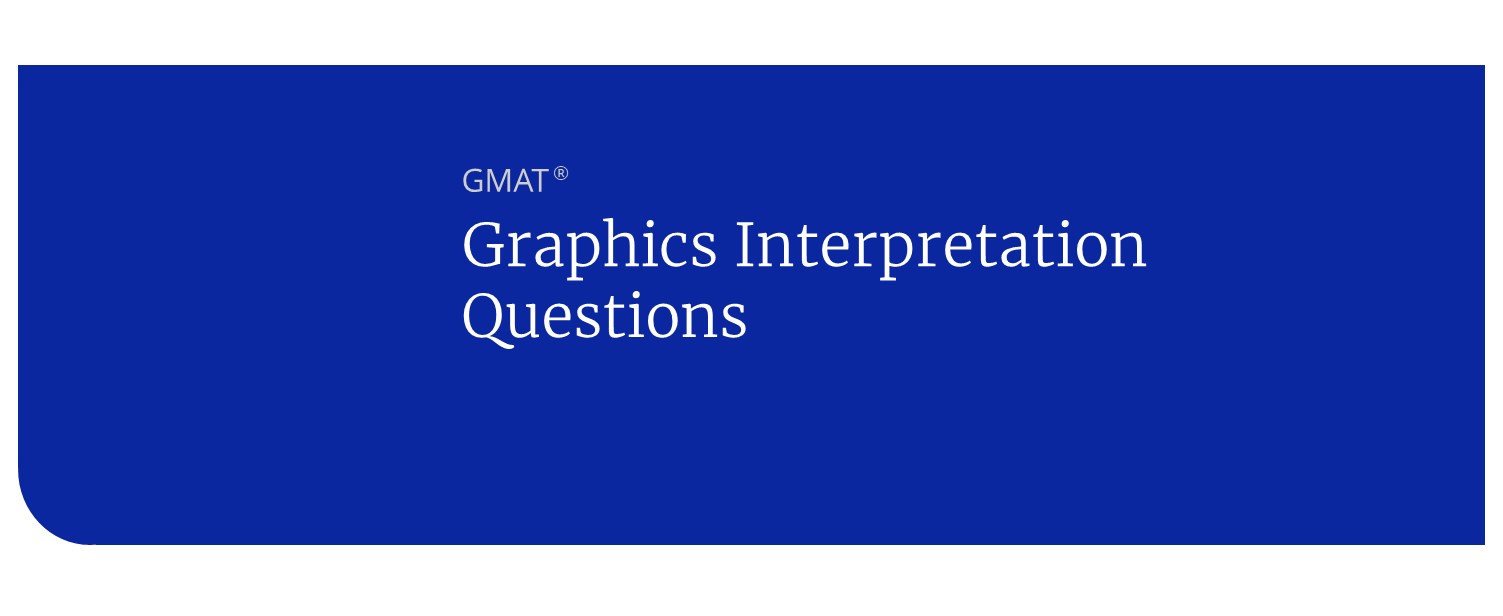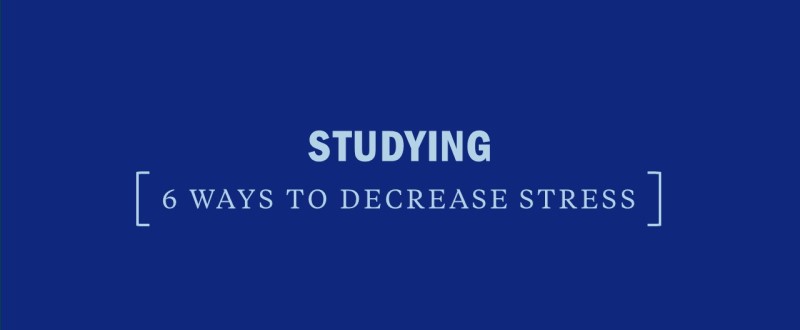GMAT Critical Reasoning: Resolve the Argument Questions
Most Critical Reasoning questions you’ve encountered in your online studying have probably been focused on weakening and strengthening the given argument. To diversify your test prep a bit, and keep pushing for better scores, let’s focus on examining a specific CR type that rarely gets enough attention: Resolve the Argument.
Strategy Review
1. Identify the conclusion, evidence & assumptions.
2. Read and rephrase the question.
3. Go back to the passage & form a prediction.
4. Eliminate incorrect choices.
Practice Question
Let’s try out a Resolve the Argument question:
Conclusion: Paula’s employer does NOT provide health insurance to part-timers.
Evidence: Majority of $$ goes towards curative measures (fixing injuries, illnesses); reimburses for flu shots.
We can see the gap in logic here. Why would an employer who doesn’t pay health insurance reimburse employees for a flu shot?
Assumption: The employer sees some $$ benefit in paying the flu shot (a preventative measure), even though he won’t pay health insurance. He doesn’t want his employees to get sick in the first place.
We can see this is a “Resolve the Argument” question because of the phrase in the question stem, “best explained.” So let’s rephrase the question and predict what the answer choice might involve.
Question Rephrase: What’s the strongest reason why the employer would pay for a flu shot but NOT pay health insurance?
Prediction: Some unknown benefit to the employer in the long-term.
Since we’ve done the work of breaking down the passage, simplifying the question, and predicting an answer, the correct choice (D) is readily apparent.



